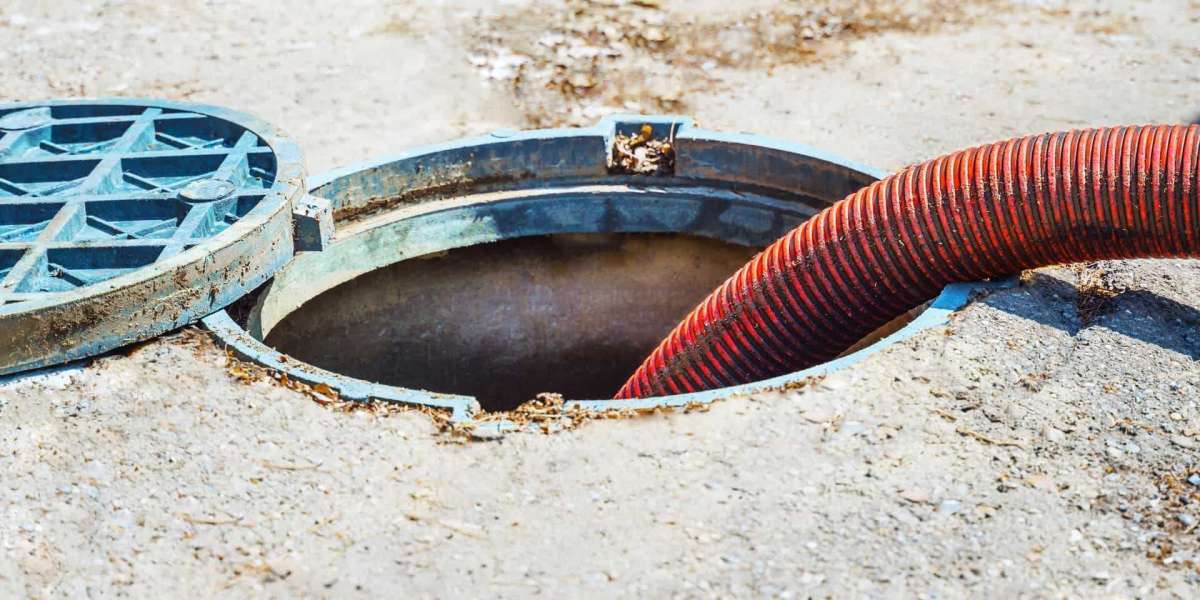A septic tank is a vital component for many homes, especially in rural areas where there is no access to a centralized sewer system. It serves as a self-contained wastewater treatment solution that efficiently handles household waste.
By understanding how a septic tank functions and performing regular maintenance, homeowners can prevent costly repairs.
What Is a Septic Tank?
A septic tank is an underground, sealed container designed to treat and dispose of wastewater from your home. Typically constructed from concrete, fiberglass, or plastic, the tank collects water from toilets, sinks, showers, and other plumbing fixtures. Rather than sending the wastewater to a municipal sewer system, the tank processes it on-site.
Septic tanks are common in rural and suburban areas where connecting to a public sewer system is impractical. When maintained properly, septic systems are both cost-effective and environmentally friendly.
Components of a Septic System
A septic system is made up of several key components:
Septic Tank: The primary tank where wastewater is collected and treated.
Drain Field: A network of perforated pipes that disperse treated water into the soil.
Pipes: The plumbing that connects your home’s wastewater system to the septic tank and drain field.
Soil: The final filtration layer where treated water safely returns to the environment.
How Does a Septic Tank Work?
A septic tank processes wastewater in multiple stages to separate solid waste, treat the water, and dispose of it safely. Here’s a breakdown of the process:
Wastewater Enters the Tank: Wastewater from toilets and sinks flows through pipes into the septic tank, where it is collected along with solids and liquids.
Waste Separation: Inside the tank, the wastewater separates into three layers:
Scum Layer: Lighter substances like grease and oil float to the top.
Effluent Layer: The middle layer consists of partially treated water.
Sludge Layer: Heavier solids settle to the bottom.
Natural Breakdown of Solids: Bacteria in the tank break down the organic waste in the sludge and scum layers. This process reduces the volume of solid waste over time, though some waste must still be pumped out periodically.
Effluent Discharge: The liquid layer (effluent) flows from the tank into the drain field, where perforated pipes distribute it into the surrounding soil.
Soil Filtration: The soil in the drain field naturally filters the effluent, removing harmful bacteria and nutrients. The cleaned water then returns to the groundwater supply.
Types of Septic Tanks
There are several types of septic tanks, each with its own benefits. The most common types include:
Concrete Septic Tanks: Durable, long-lasting, but heavy and expensive to install.
Plastic Septic Tanks: Lightweight and resistant to corrosion, though they may be more prone to damage during installation.
Fiberglass Septic Tanks: Lightweight, strong, and a popular choice for many homeowners.
Aerobic Septic Systems: These systems use oxygen to enhance the breakdown of waste, providing a higher level of treatment than traditional septic tanks.
Common Septic Tank Issues
Although septic systems are typically reliable, neglecting maintenance can lead to problems. Common issues include:
Clogged Pipes: Solid waste can block pipes leading to the septic tank.
Overloaded Drain Field: Excessive water use can overwhelm the drain field, causing it to fail.
Tank Damage: Cracks in the tank can result in leaks or contamination of the surrounding soil.
Bacterial Imbalance: Harsh chemicals or medications can kill the beneficial bacteria needed to break down waste.
Tips for Maintaining Your Septic Tank
Proper maintenance is crucial for keeping your septic system in good working order. Here are some helpful tips:
Regular Pumping: Have your septic tank pumped every 3-5 years, depending on usage and tank size, to prevent blockages and system failure.
Be Mindful of What You Flush: Avoid flushing items like wet wipes, hygiene products, or grease, as these can clog your system.
Conserve Water: Reduce water usage by fixing leaks, installing water-saving fixtures, and spacing out laundry loads to prevent overloading the system.
Avoid Harsh Chemicals: Household cleaners and pesticides can harm the beneficial bacteria in your tank. Use septic-safe products whenever possible.
Protect the Drain Field: Don’t park vehicles or place heavy objects over the drain field, as this can damage the pipes and soil, disrupting the system’s function.
Regular Inspections: Have a professional inspect your system annually to identify any potential issues before they become major problems.
Benefits of a Well-Maintained Septic System
Maintaining your septic system offers several advantages:
Cost-Effective: Routine maintenance is much more affordable than repairing or replacing a failing system.
Environmentally Friendly: On-site wastewater treatment reduces pollution and helps conserve resources.
Long Lifespan: With proper care, a septic system can last for many years.
When to Call a Professional
If you notice signs of a problem, such as slow drains, unpleasant odors, or standing water in your yard, contact a professional like Gleason Plumbing Services right away. Early intervention can help prevent more serious issues and costly repairs.
Conclusion
A septic tank is essential for homes not connected to a municipal sewer system. By understanding how it works and ensuring proper maintenance, homeowners can keep their septic systems running smoothly for years to come. A well-maintained system not only protects your property but also benefits the environment.
For expert septic tank services, contact Gleason Plumbing for dependable maintenance and repair solutions.
 Meet Ups
Meet Ups
 Experiences
Experiences
 Learning Center
Learning Center
 Accommodation
Accommodation
 Roomie
Roomie
 Ride
Ride
 Spread the Word
Spread the Word
 Student Bazaar
Student Bazaar
 Jobs
Jobs
 Blogs
Blogs
 About StudentInsta
About StudentInsta



